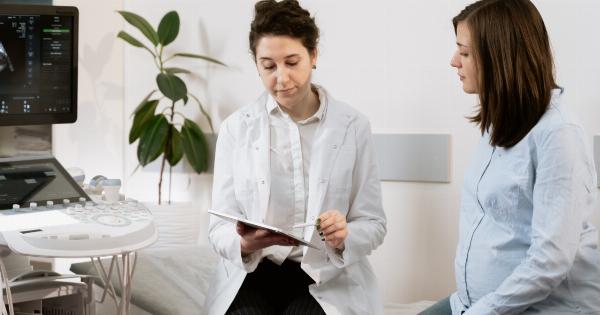Specialized breast examination is a diagnostic test carried out to screen and examine the breast for any deformity. This test is very crucial and a necessary routine conducted to detect the presence of breast cancer at an early stage.
The test enables doctors to examine the breasts thoroughly and detect any abnormality in the breast tissue and carry out a biopsy.
What is GE Automated Breast Ultrasound?
GE Automated Breast Ultrasound also referred to as ABUS, is the latest technology used in diagnosing breast cancer.
ABUS is a specialized ultrasound machine that is ergonomically designed to scan breast tissue quickly and accurately, generating a three-dimensional image of the entire breast. The technology used in this machine enables doctors in detecting cancer at an early stage, which increases the chances of breast cancer survival.
How Does GE Automated Breast Ultrasound Work?
GE Automated Breast Ultrasound works by sending high-frequency sound waves through the breast tissue, which then reflects back to the machine.
The machine interprets the sound waves reflected back as images, which then give an accurate view of breast tissue. The GE Automated Breast Ultrasound scans the breast automatically, acquiring a breast volume that is interpreted as a 3D image that enables doctors to examine the entirety of breast tissue with high precision.
Who Needs Specialized Breast Examination With GE Automated Breast Ultrasound?
Specialized breast examination with GE Automated Breast Ultrasound is recommended for women who have dense breasts, women who have a family history of breast cancer or genetic predisposition to breast cancer.
Women who have undergone breast augmentation or reduction may also require a specialized breast examination with GE Automated Breast Ultrasound. The technology used in GE Automated Breast Ultrasound enables doctors to detect small lumps in dense breast tissue that may be difficult to detect through traditional mammograms.
What are the Risks and Benefits of Specialized Breast Examination with GE Automated Breast Ultrasound?
The primary benefit of specialized breast examination with GE Automated Breast Ultrasound is that it enables doctors to detect breast cancer accurately. Breast cancer diagnosis is critical, and early detection increases the chances of survival.
This examination involves exposing the breast to high-frequency sound waves, which do not pose any risk to the patient. The examination is more comfortable and faster than traditional mammograms, and the image produced provides high-resolution and accurate results.
The primary risk of specialized breast examination with GE Automated Breast Ultrasound is that it is relatively expensive compared to traditional mammograms.
How to Prepare for Specialized Breast Examination with GE Automated Breast Ultrasound
Specialized breast examination with GE Automated Breast Ultrasound requires little preparation.
The patient should wear loose-fitting clothes to facilitate the examination and avoid using deodorants, perfumes or powders on the day of the examination as these may interfere with the examination. Patients should also inform the doctor of any medication they are currently taking or any allergies they may have to the medication.
What to Expect During Specialized Breast Examination with GE Automated Breast Ultrasound
During specialized breast examination with GE Automated Breast Ultrasound, the patient lies on her back with her arms raised above her head, following which, a specially trained technician applies the gel to the breast and scans the entire breast using the GE Automated Breast Ultrasound scanner. The entire process may take between 15 to 30 minutes, depending on the size of the breast. The results are immediately produced, which the doctor can then use to interpret the images and make a diagnosis.
What Happens After a Specialized Breast Examination with GE Automated Breast Ultrasound?
After the specialized breast examination with GE Automated Breast Ultrasound, the patient can resume her normal daily activities. The doctor will interpret the results and share them with the patient.
If a biopsy is required, the doctor will schedule another appointment and carry out the biopsy. Patients are advised to get a specialized breast examination every year to detect breast cancer at an early stage.
Conclusion
Breast cancer is a serious condition that affects millions of women worldwide. Specialized breast examination with GE Automated Breast Ultrasound is a crucial diagnostic test that enables doctors to detect breast cancer at an early stage.
The technology used in GE Automated Breast Ultrasound is non-invasive, which means it does not pose any risk to the patient. Early detection increases the chances of breast cancer survival, and women are advised to get a specialized breast examination with GE Automated Breast Ultrasound every year.





















